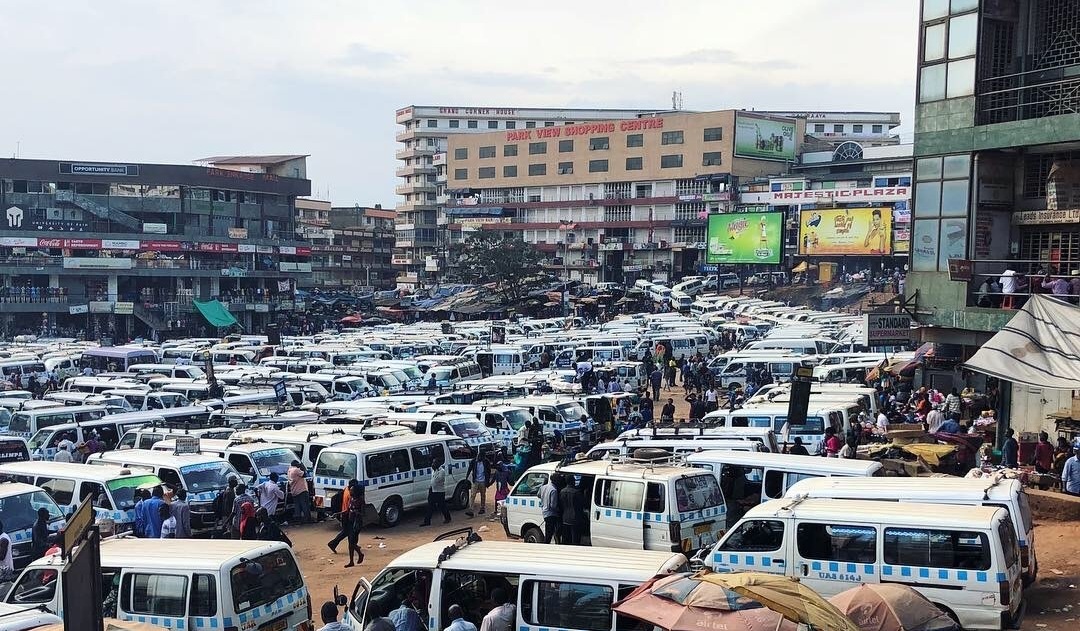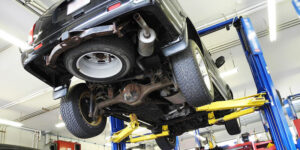Africa’s bustling cities and vibrant landscapes are best explored through its unique public transport systems. Among the most iconic are the Matatu and Dala dala, which offer an authentic and unforgettable experience for travelers. Let’s dive into the world of these lively vehicles and discover why they’re more than just a means of getting from point A to B.
Matatu: The Kenyan Commuter Culture
1. What is a Matatu?
The Matatu is Kenya’s answer to public transportation. These minibuses, often adorned with eye-catching graffiti, ply the streets of Nairobi and other cities. Their name comes from the Swahili word “matatu,” meaning “three.” Historically, the fare was three shillings, but today, it’s much more.
2. The Matatu Experience
Colorful Chaos: Matatus are a riot of colors, each one competing for attention. From flashy decals to booming music, they’re impossible to miss.
Jam-Packed Journeys: Matatus are notorious for squeezing in as many passengers as possible. It’s not uncommon to see people hanging out of open doors!
Negotiating Fare: Haggling over the fare is part of the adventure. As a foreigner, expect to pay a little extra.
3. Matatu Culture and Identity
Names and Themes: Each Matatu has a unique name and theme. Some celebrate football teams, while others pay homage to celebrities or political figures.
Matatu Slang: The conductor (known as a “makanga”) shouts out destinations in a rhythmic slang that’s both entertaining and confusing for newcomers.
Dala Dala: Tanzania’s Minibus Marvels
1. The Dala Dala Phenomenon
Origins: Dala dala, also called “thumni,” emerged in Dar es Salaam, Tanzania. They evolved from illegal taxis due to a failing government-run transport system.
Rising Demand: Between 1975 and 1983, the number of buses declined while the population soared. Dala dala filled the gap, offering affordable rides to the masses.
2. Dala Dala Features
Converted Trucks and Minibuses: Dala dala vehicles range from converted trucks to minibuses. They’re the backbone of Tanzania’s public transport.
Flexible Routes: While some dala dala follow fixed routes, others stop anywhere to pick up or drop off passengers.
Conductors and Chaos: Dala dala conductors (known as “mpigadebe”) attract customers by hitting the roof and sides of the van. Chaos is part of the charm.
3. Legal Battles and Syndicates
Legalization: Dala dala were legalized in 1983, but pirate minibuses persisted.
Route Allocation: The Land Transport Regulatory Authority allocates dala dala routes, but informal syndicates also play a role.
Conclusion: Riding the Soul of Africa
Matatus and dala dalas are more than just vehicles; they are symbols of resilience, community, and cultural identity in African cities. As they navigate the challenges of urbanization and embrace opportunities for innovation, these iconic mini buses and vans will continue to shape the urban landscape, connecting people, powering economies, and telling stories of ingenuity and adaptation.
Remember, when traveling in Africa, embrace the unpredictability, negotiate with a smile, and enjoy the ride! 🚌🌍
We hope you enjoyed this article! Are you an individual looking for a reliable vehicle at the best price? Do you want to become the driver of your own Matatu or Dala dala and start your business?
Carused.jp has a proven track record of selling top-quality Japanese used cars for more than a decade. We export more than 500 used vehicles every month to more than 100 countries in total.
What’s more, we’ve earned a reputation as trusted sellers. We’ll only ship a car with genuine mileage.
All our used vehicles are professionally inspected. We also submit our trucks to a second inspection by a truck inspection expert. You can check more than 140,000 stocks, including from auction.
If you’re looking for a Toyota Hiace or any minibus for sale, please feel free to browse our stocks.



